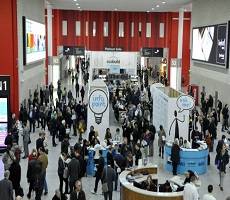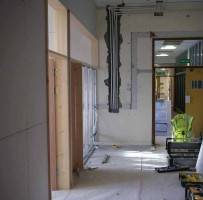October 14, 2013
AHMM chosen for new Met Police headquarters project
The firm of architects chosen for Google’s enormous new North London headquarters project as well as the redevelopment of the BBC’s Television Centre has been chosen to design the new home of the Metropolitan Police in Whitehall. The decision to award the job to Allford Hall Monaghan Morris (AHMM) was announced by the Mayor of London, the Metropolitan Police Commissioner and the Royal Institute of British Architects (RIBA). The Mayor’s Office for Policing And Crime (MOPAC) is selling New Scotland Yard, and moving to modern offices at the iconic Curtis Green building on the Victoria Embankment in 2015. This new building will then revert to being called Scotland Yard.
























October 10, 2013
Why the serviced office sector needs to put more effort into its customer service
by David Saul • Comment, Facilities management, Flexible working
Serviced offices at Cheapside
It’s National Customer Service Week, a week-long initiative set up to inspire businesses to take a step back, look at their customer relations and promote excellence in customer service amongst their teams. Across every business in every sector, excellent customer service is key to gaining and retaining custom, and this is particularly the case when it comes to the serviced office industry. Average customer retention rates are just eight months in the officing sector, so addressing this through improved customer service can have a huge impact on the bottom line. I believe the serviced office industry can do more. There is a danger that low retention rates cause companies to place a greater emphasis on winning new businesses, with existing clients’ needs coming second place. (more…)